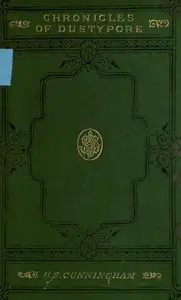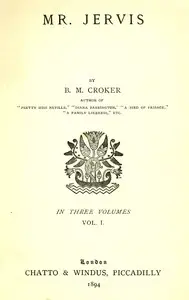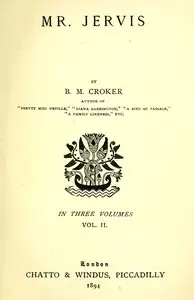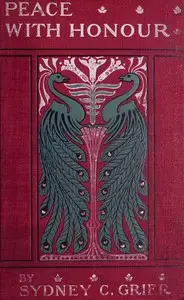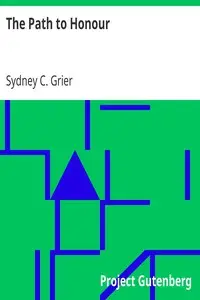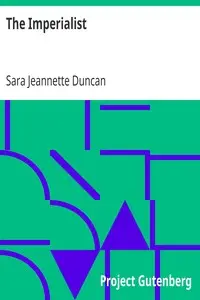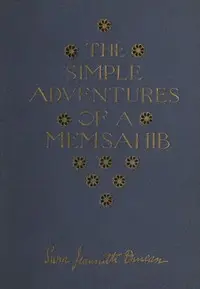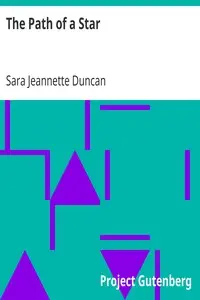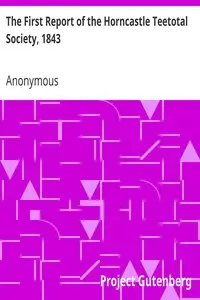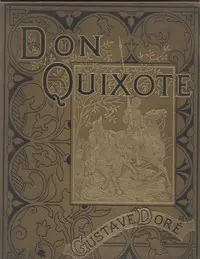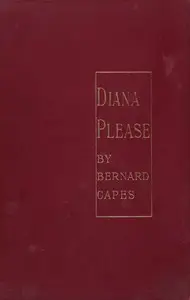"His Honour, and a Lady" by Sara Jeannette Duncan is a story set in colonial India during the late 1800s, and it follows John Church, an English Commissioner, and his wife, Judith, as they navigate the intricacies of their lives and the rigid social structure of the time. The narrative explores the couple's aspirations, the constraints of societal expectations, and the dynamics of ambition, especially as John takes on a new role as Acting Lieutenant-Governor. Judith, a determined and lively woman, anticipates opportunities for personal growth and social engagement in Calcutta, while John approaches his responsibilities with utmost seriousness. The unfolding narrative reveals a delicate balance between their individual desires and a growing understanding of each other's aspirations within the complex backdrop of their colonial setting.
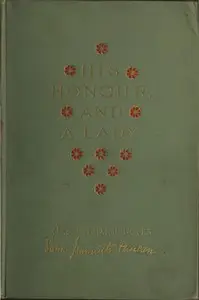
His Honour, and a Lady
By Sara Jeannette Duncan
In colonial India, a dedicated English Commissioner and his spirited wife must reconcile personal ambitions with rigid social expectations as he ascends to a powerful new role.
Summary
About the AuthorSara Jeannette Duncan was a Canadian author and journalist, who also published as Mrs. Everard Cotes and Garth Grafton among other names. First trained as a teacher in a normal school, she took to poetry early in life and after a brief teaching period worked as a travel writer for Canadian newspapers and a columnist for the Toronto Globe. Afterward she wrote for the Washington Post where she was put in charge of the current literature section. Later she made a journey to India and married an Anglo-Indian civil servant thereafter dividing her time between England and India. She wrote 22 works of fiction, many with international themes and settings. Her novels met with mixed acclaim and are rarely read today. In 2016, she was named a National Historic Person on the advice of the Historic Sites and Monuments Board of Canada.
Sara Jeannette Duncan was a Canadian author and journalist, who also published as Mrs. Everard Cotes and Garth Grafton among other names. First trained as a teacher in a normal school, she took to poetry early in life and after a brief teaching period worked as a travel writer for Canadian newspapers and a columnist for the Toronto Globe. Afterward she wrote for the Washington Post where she was put in charge of the current literature section. Later she made a journey to India and married an Anglo-Indian civil servant thereafter dividing her time between England and India. She wrote 22 works of fiction, many with international themes and settings. Her novels met with mixed acclaim and are rarely read today. In 2016, she was named a National Historic Person on the advice of the Historic Sites and Monuments Board of Canada.

